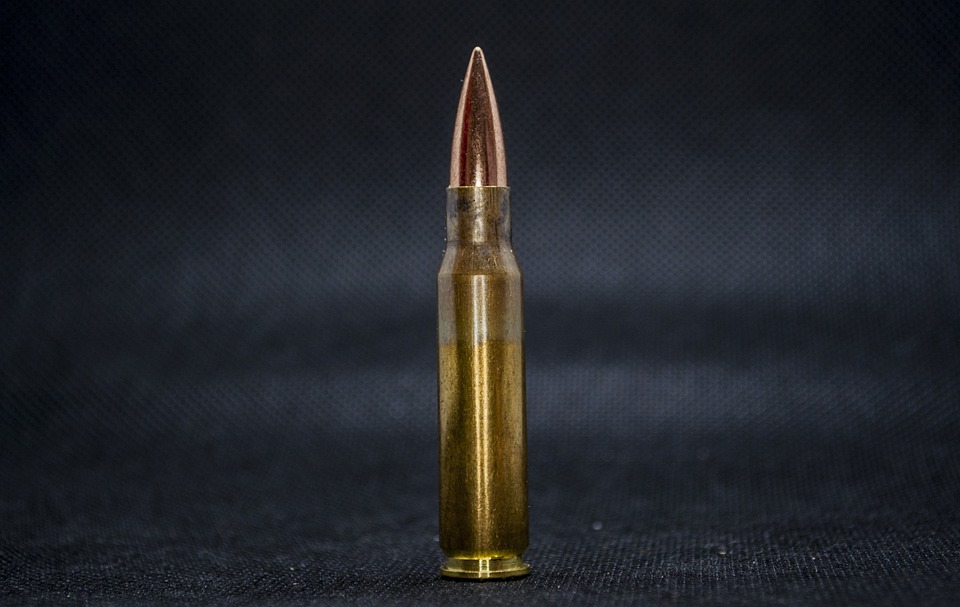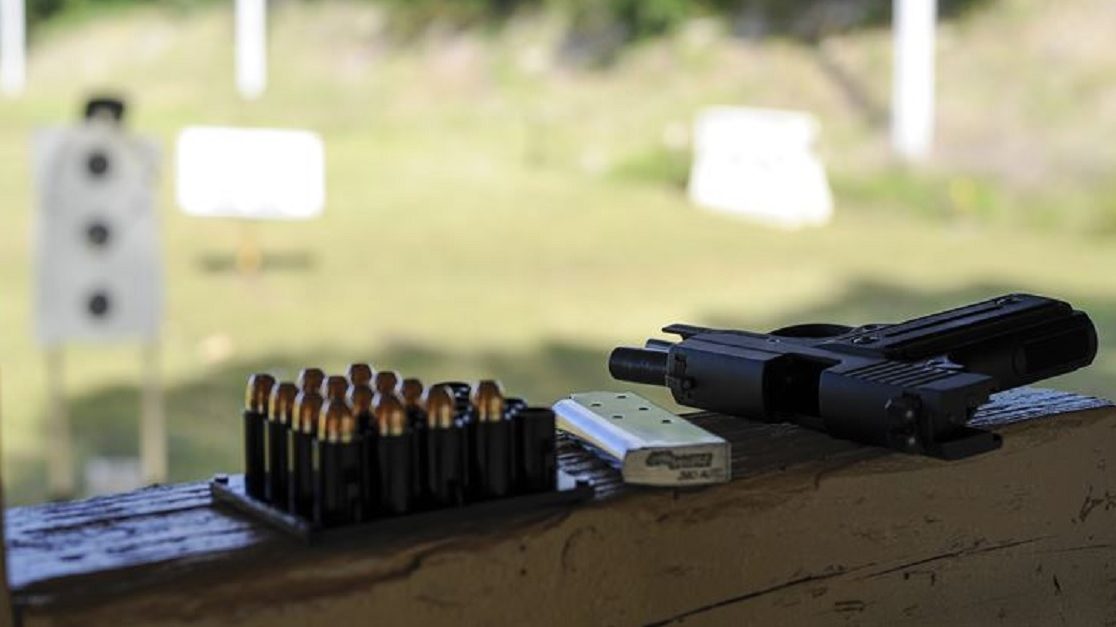
In order to hit small targets at far distances, you must know as much about the projectile and rifle as possible.
And who doesn’t want to hit small targets at far distances?
Each projectile is unique, and a shooter must understand how each one flies and resists environmental factors. The ballistic coefficient is a numeric measurement of how well the bullet flies.
This measurement is made up of the shape/weight of the projectile and evaluates how it moves as it flies.
This measurement is important because each firing solution requires the shooter to know what your projectile is doing during its flight path in order to accommodate for the environmental variables – the more you know, he more you can turn your knowledge into practical excellence!
This measurement will help you decide what projectile to use for certain targets – for example, a hunter may look for a heavy projectile with a slightly lower ballistic coefficient, compared to a light projectile with a higher ballistic coefficient and take shots at a closer distance to minimize the environmental variables.
Regardless of what projectile you decide on, understanding the ballistic coefficient will give you a better understanding of what the project will do in different conditions.
What do you think about the basics of the ballistic coefficient? Share this out to the social media of your choice and let us know!



